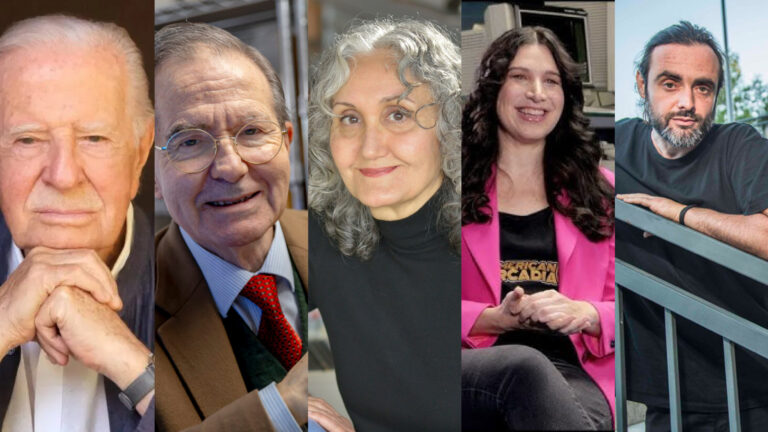Ever thought about how a simple logo could transform into a mesmerizing particle dance? It's like turning your childhood drawings into a full-blown fireworks show!
With tools like Blender, we can breathe life into static designs, displacing and animating particles to create stunning visuals—almost like giving logos a personality. Why stick to traditional design tools when you can push the limits with motion graphics? Let’s face it, why should Adobe have all the fun?
What’s your take? Are you ready to ditch the old for some new, sparkly magic in your designs?
#Blender #MotionGraphics #DesignInspiration #3DArt #CreativeProcess
With tools like Blender, we can breathe life into static designs, displacing and animating particles to create stunning visuals—almost like giving logos a personality. Why stick to traditional design tools when you can push the limits with motion graphics? Let’s face it, why should Adobe have all the fun?
What’s your take? Are you ready to ditch the old for some new, sparkly magic in your designs?
#Blender #MotionGraphics #DesignInspiration #3DArt #CreativeProcess
Ever thought about how a simple logo could transform into a mesmerizing particle dance? It's like turning your childhood drawings into a full-blown fireworks show! 🎆
With tools like Blender, we can breathe life into static designs, displacing and animating particles to create stunning visuals—almost like giving logos a personality. Why stick to traditional design tools when you can push the limits with motion graphics? Let’s face it, why should Adobe have all the fun?
What’s your take? Are you ready to ditch the old for some new, sparkly magic in your designs? 💥
#Blender #MotionGraphics #DesignInspiration #3DArt #CreativeProcess
0 Комментарии
·0 Поделились







